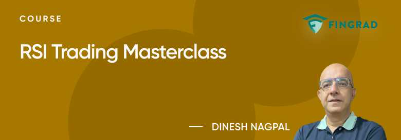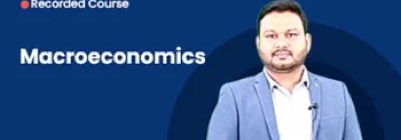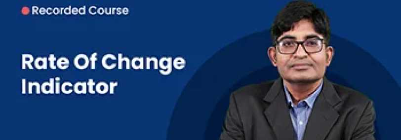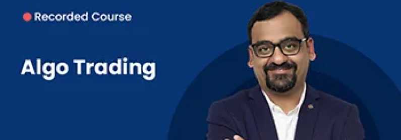“Our proprietary model recommends reducing equity allocation in the last 4-5 months, especially following market jitters around the Lok Sabha elections. This decision was driven by key variables such as high valuations and moderation in high-frequency indices,” says Jayesh Sundar. Equity: Fund Manager, Axis Mutual Fund.
Edited quotes:
Tell us about the performance of your Axis Balanced Advantage Fund and how it has managed to deliver returns with low volatility.
Axis Balanced Advantage Fund has returned 30.9% and 13.4% CAGR over 1-year and 3-year (as on 31st October 2024, Direct Plan) respectively. The fund has beaten its benchmark over the period and generated better than category average returns.
Our asset allocation framework is quite comprehensive, factoring in various macro variables such as valuations, earnings growth, interest rate trends, inflation, liquidity etc. In addition, we also actively look at micro variables, high frequency indices and sector earnings trends. It also takes into account some qualitative aspects such as geo-political risks and planned events like elections, which may result in market volatility.
Our stock selection is based on a “growth at fair valuation” approach, with a focus on full return opportunities, which helps minimize drawdown risk.
With the objective of having a balanced portfolio, we judiciously use all three levers: asset allocation, market cap mix and beta of the portfolio to equity. On the debt allocation front too, we actively follow tenure and credit calls.
Given that this scheme generally appeals to a more conservative group of investors as compared to pure equity funds. We place a strong emphasis on risk management and risk-adjusted returns. As a result, we have been able to deliver relatively stable returns while effectively managing downsides, particularly amid the significant volatility experienced this year.
What is your asset allocation at this stage and how has it changed over the past few months?
At the end of October 2024, the net equity allocation was around 53%, comprising arbitrage, fixed income, cash and cash equivalents. Earlier this year, our net equity exposure in January 2024 was over 70%. Since then, we have been steadily reducing our equity exposure.
Many fund managers have been warning investors for the past few months about the importance of having a proper asset allocation. What are your asset allocation models telling you at this stage?
Our proprietary model recommends reducing equity allocation in the last 4-5 months, especially following the market run around the Lok Sabha elections. This decision was driven by key variables such as high valuation and moderation in high-frequency indicators. Additionally, we have observed a moderation in sector earnings trends over the past few quarters.
It has also seen some improvement in the past few weeks. Have you used it to increase your equity allocation and buy some stocks available at relatively attractive valuations?
We have been drawing down our net equity levels for the last 4-5 months in anticipation of a correction.
While markets have improved recently and valuations are becoming more palatable, earnings growth is moderating and selling pressure from FIIs may keep markets in consolidation mode for a few more months.
So far we have used the market correction/volatility to consolidate our positions and focus on stocks that offer good growth-valuation balance. However, we continue to closely monitor market trends and any illogical correction may give us an opportunity to increase equity allocation.
In the last few months, we have also seen the market prefer quality and valuation. How are you adjusting your portfolio in sync with changing market trends?
Quality has always been an important dimension for us. We prefer businesses that have a strong motto, a well-defined strategy and growth path, and strong financials.
In hybrid funds like Balanced Advantage, loss protection and risk management are important features. Hence, we give equal importance to earnings growth as well as valuation while selecting or sizing stocks in the portfolio. Accordingly, we are trimming the position once the valuation is above the comfort zone, even if it means letting some upside.
How bad do you think the Q2 earnings season is as a large number of NSE 100 companies report disappointing numbers?
Overall earnings cuts have been in the low single digits so far. Sectorally, major earnings disappointments were mostly confined to energy, cement, chemicals, NBFCs. In some sectors, such as autos, sharp valuations fueled negative stock reactions, even though earnings disappointments were modest.
Are most of the earnings downgrades already factored into the price or more pain?
We have seen strong growth in some of the cyclones over the past two years which in our view is not sustainable and we may see some more moderation in earnings. But not everything is expensive or witnessing a downgrade; There are pockets of opportunity in sectors that offer good growth-valuation balance like banks, insurance, pharma, auto, healthcare.
If one starts investing at this stage, do you think a larger portion of the allocation should go towards debt rather than equity?
The risk-reward in the markets is fairly balanced at this stage. A balanced approach tailored to individual risk tolerance and investment goals would be advisable. Any excess allocation can be split equally between fixed income and equity and any further decline in the markets can be used to increase the equity allocation.
(You can now subscribe to our ETMarkets WhatsApp channel)

























